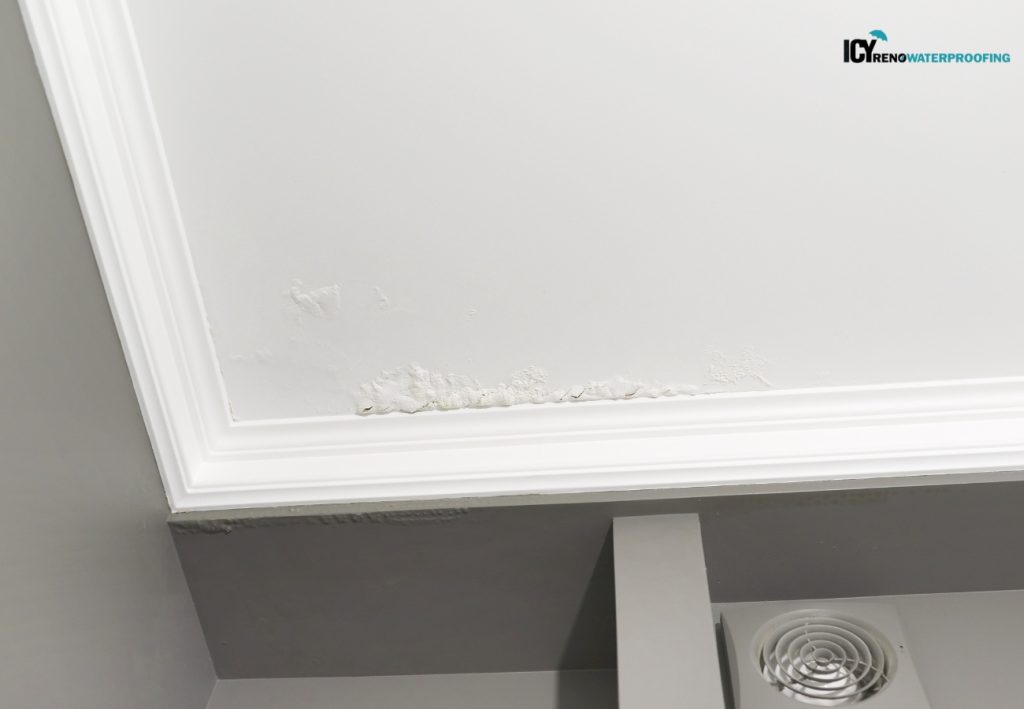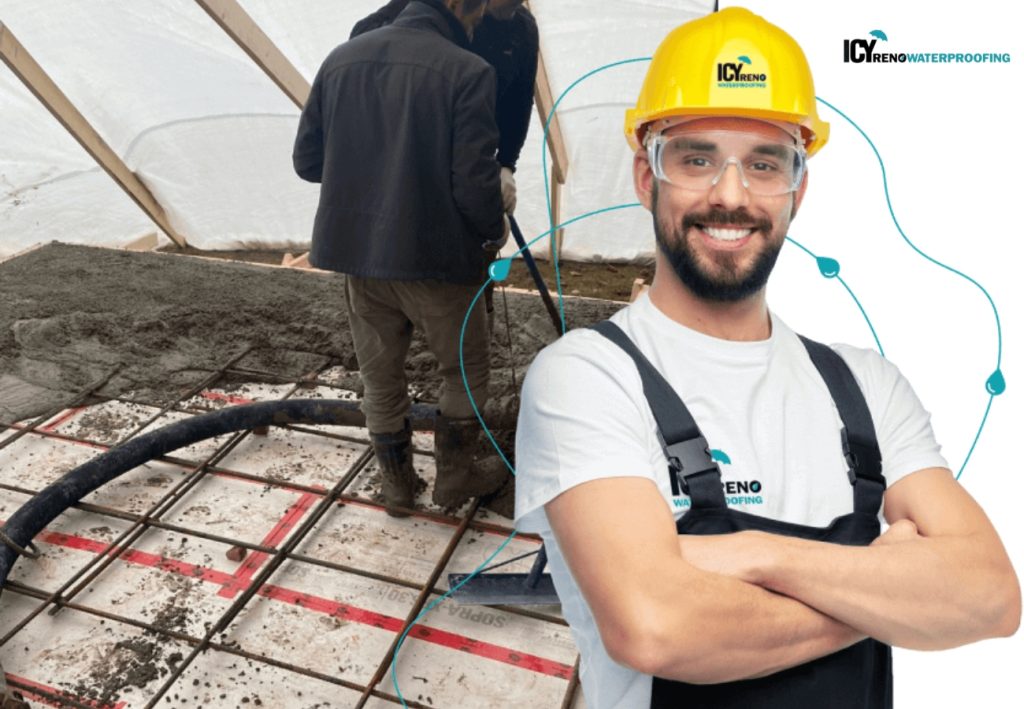A leaking basement is a homeowner’s nightmare, potentially causing structural damage, fostering mold growth, and compromising the overall integrity of your home. This issue is particularly pertinent in cold countries like Canada, where heavy rainfall and snowmelt are common. Understanding how to identify and effectively address persistent basement leaks is crucial for maintaining a dry and safe living space. In this comprehensive guide, we will delve into practical steps, detailed explanations, and expert recommendations to help you tackle basement leaks with confidence.
Signs of a Basement Leak: Understanding the Red Flags
Identifying a basement leak in its early stages is paramount to preventing extensive damage. Keep a vigilant eye out for the following signs:
1. Damp or Musty Odors:
Unpleasant smells, especially those with a musty or earthy quality, can indicate the presence of mold resulting from water infiltration. Mold not only poses health risks but also indicates a persistent moisture issue.
2. Visible Mold or Mildew:
Mold and mildew thrive in damp environments. Regularly check corners, walls, and ceilings for visible signs of these contaminants. Addressing the source of moisture is crucial to prevent their recurrence.
3. Staining or Discoloration:
Water stains or discoloration on walls and floors are clear indicators of water intrusion. These stains may vary in color and intensity, serving as visual cues to the severity and longevity of the leak.
4. Peeling Paint or Efflorescence:
Flaking paint or a white, powdery substance on walls (efflorescence) can suggest water is breaching your basement. Understanding the causes of efflorescence can provide insights into the nature of the leak.
5. Cracks in Walls or Floors:
Structural cracks may allow water to seep into your basement. Regularly inspect walls and floors for any visible damage, as even minor cracks can be pathways for water infiltration.

6. Pooling Water:
Standing water or damp spots on the floor are obvious signs of a leak. Investigate the source promptly to prevent further damage and potential flooding.
Identifying the Source: Pinpointing the Origin of Basement Leaks
Identifying the exact source of a basement leak is crucial for effective and lasting repairs. Here are detailed steps to help you pinpoint the origin:
1. Examine Exterior Drainage:
Poor drainage around your home can lead to basement leaks. Ensure that gutters and downspouts are free of debris and are directing water away from the foundation. Downspout extensions can be added to ensure water is carried far from the home.
2. Inspect Foundation Walls:
Carefully examine your foundation walls for cracks, gaps, or visible damage. Even minor openings can allow water to seep through. Take note of the location and size of any identified issues.
3. Evaluate Window Wells:
Improperly sealed or poorly draining window wells can be common entry points for water. Inspect these areas for signs of leaks, and consider installing covers to protect against rain and snow.
4. Assess Plumbing Systems:
Leaky pipes or faulty plumbing can contribute significantly to basement leaks. Regularly inspect your plumbing for any signs of water damage, and promptly address any identified issues.

5. Consider External Landscape:
The slope of the ground around your home can impact water flow. Ensure that the landscape encourages water away from the foundation. Regrading the soil may be necessary to achieve the desired slope.
DIY Fixes for Minor Leaks: Taking Matters into Your Own Hands
For minor leaks, there are several do-it-yourself solutions you can try before seeking professional help. Here’s a detailed exploration of DIY fixes:
1. Apply Waterproofing Paint:
Waterproofing paint or sealant can create a protective barrier on interior walls, preventing water infiltration. Clean the surface thoroughly before application for optimal adhesion.
2. Seal Cracks:
Use epoxy or hydraulic cement to seal small cracks in the foundation. This can be a temporary solution for minor leaks. Ensure that the cracks are clean and dry before applying the sealant.
3. Improve Grading:
Adjust the grading around your home to ensure water flows away from the foundation. This simple step can have a significant impact on preventing water from pooling around your home.
4. Install Gutter Extensions:
Extending your gutter downspouts can ensure that rainwater is directed farther away from the foundation. This is a cost-effective measure to enhance exterior drainage.
5. Window Well Covers:
Consider installing covers for window wells to prevent rainwater, debris, and snow from accumulating. This is a practical step to protect against leaks through basement windows.
Professional Solutions for Persistent Leaks: Seeking Expert Assistance
Persistent or severe basement leaks may necessitate professional help for basement leak repair. Consider these detailed solutions provided by experts in basement waterproofing:
1. Interior Waterproofing:
Installing an interior drainage system, such as a French drain, can effectively redirect water away from your basement. This involves creating a channel beneath the floor to collect and divert water to a sump pump.
2. Exterior Waterproofing:
Addressing the issue at its source, exterior waterproofing involves applying a waterproof membrane to the foundation walls to prevent water penetration. This comprehensive solution protects against various sources of water intrusion.
3. Sump Pump Installation:
A sump pump is a crucial component of basement waterproofing. It efficiently removes water that accumulates in the basement, preventing flooding and water damage. Battery backups can ensure functionality during power outages.
4. Foundation Crack Repair:
Professional contractors can employ advanced techniques, such as epoxy or polyurethane injection, to repair foundation cracks effectively. This ensures a lasting solution to prevent water infiltration.
5. Window Well Drain Installation:
To address leaks around basement windows, installing window well drains can be an effective solution. These drains prevent water from accumulating in window wells, reducing the risk of leaks.

Consulting with Experts: Partnering with IcyReno for Specialized Solutions
When dealing with persistent basement leaks, seeking professional advice is paramount. We specialize in basement waterproofing and leak repair, offering tailored solutions for your specific needs. Our experienced team can conduct a thorough assessment, identify the root cause of the issue, and recommend personalized and effective solutions.
Understanding that every basement leak situation is unique, IcyReno employs a client-focused approach, ensuring that the recommended solutions address the specific causes of the leak. Our expertise extends beyond mere repairs, encompassing a holistic understanding of basement waterproofing to fortify your home against future leaks.
Taking Proactive Measures for a Dry and Safe Home
In conclusion, maintaining a dry basement is a cornerstone of a healthy home. By understanding the signs of basement leaks, identifying their source, and implementing effective solutions, you can safeguard your property against water damage. Whether you opt for practical DIY fixes or seek professional assistance, addressing basement leaks promptly is crucial for the well-being and longevity of your home.
Remember, a proactive approach to basement leaks can save you from costly repairs and potential health hazards associated with mold growth. If you’re facing persistent leaks or want an expert opinion, don’t hesitate to reach out to us for a FREE consultation today!
